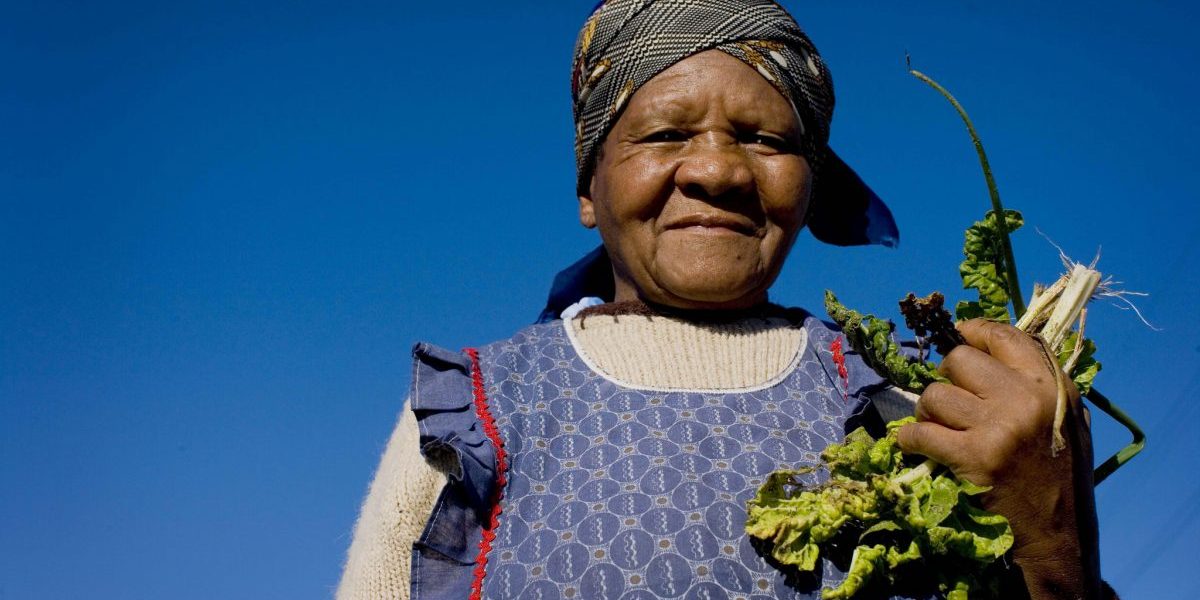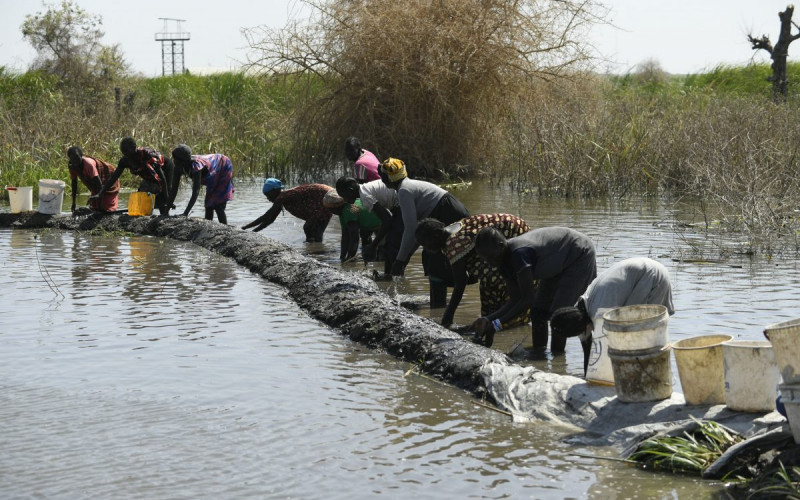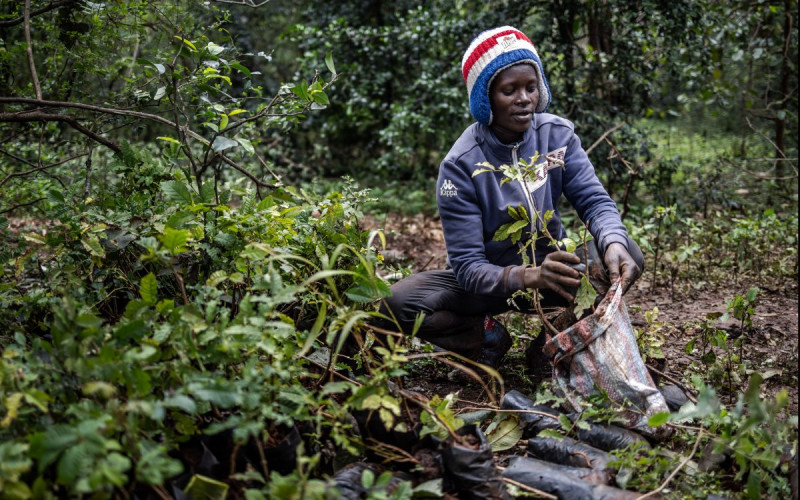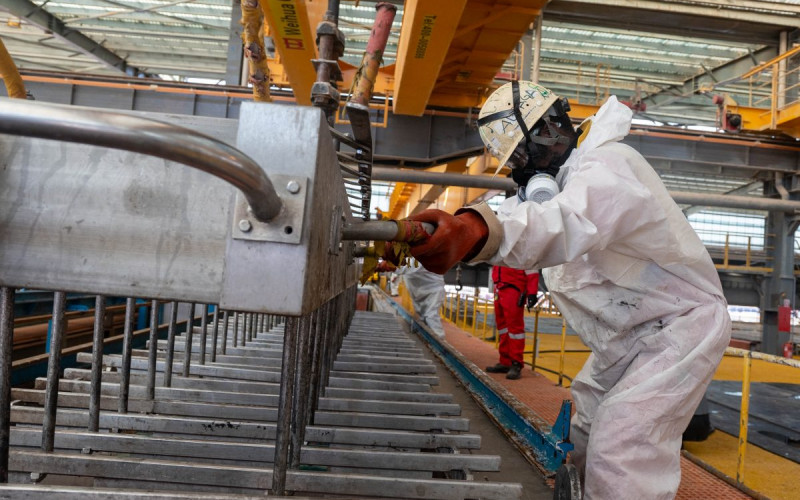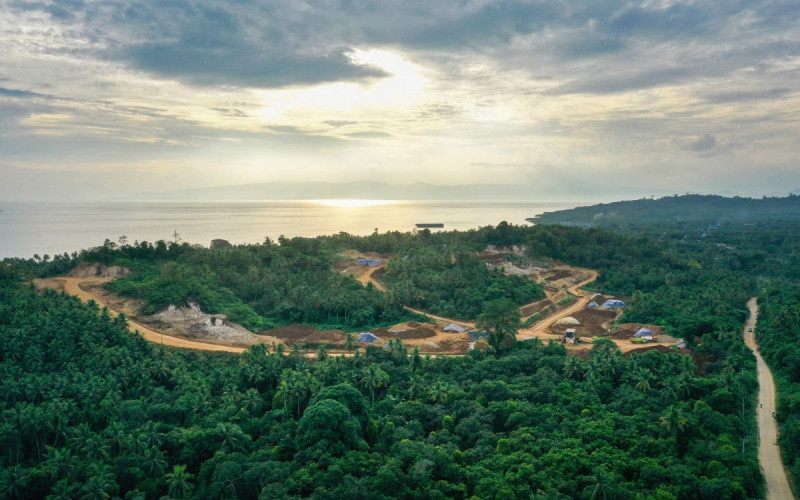Since 1990, the availability of food per person has risen 30% across Asia and 20% in Latin America. Food production has risen in Africa, too, but the population has grown faster. On the world’s poorest continent, the supply of things to eat per person has dropped by 3% in the past 15 years. Millions scrape by on the cusp of starvation.
The problem is not lack of potential. Despite a general condition of relatively low soil fertility, Africa is rich in resources. No one disputes that. But unlike other regions of the world that experienced ‘green revolutions’ decades ago, Africa has unique characteristics that, according to a new scientific study, require a multi-faceted solution.
Conducted by the InterAcademy Council (IAC) at the request of UN Secretary-General Kofi Annan, the report, Realizing the Promise and Potential of African Agriculture, which was released in late June 2004, spells out the need for a coherent strategy that includes a wide range of farming systems specific to Africa’s diverse environments; reduces the environmental impact of agricultural activity; takes better advantage of existing technologies and promotes innovation; and aligns farm production more closely with market demands.
Solution Salad
Unlike other regions of the world where food production and food security are based primarily on a limited number of farming systems, in Africa these depend on multiple farming systems in a wide array of different agro-ecological zones, the report states. ‘The correct and diligent application of the range of technology options can increase crop and animal production, while making more effective and efficient use of land, labour and capital.’
Africa faces a perpetual hunger crisis. More than half of the populations of the Democratic Republic of Congo and Mozambique endure constant malnutrition. In Angola, Cameroon, Ethiopia, Kenya, Tanzania and Zambia 40% to 50% do not get enough to eat.
In March 2002, at the height of a regional famine in southern Africa, Annan requested the IAC to identify strategies for using science and technology to improve agriculture and food security on the continent. The council brought together scientists and economists from around the world to examine the problem. The study took two years. ‘The good news,’ it concludes, ‘shows that, with concerted effort, movement away from hunger and inadequate diet is possible.’
The report asks: ‘How, precisely, can we produce higher crop yields and more nutritious foods from thinning soils, making food both affordable and accessible to increasing numbers of people? What are the larger socio-economic and political conditions necessary for the effective use of science and technology in both the public and private sectors?’
To answer those questions, the panel began by identifying characteristics that distinguish Africa from other regions of the world that achieved a renaissance in agriculture decades ago. Several factors emerged, including:
- Lack of a single dominant farming system on which food security depends; predominance of rain-fed agriculture as opposed to irrigation; and dominance of inherently poor soil fertility
- Importance of women in ensuring household food security; growing impact of human health on agriculture; and low and stagnant labour productivity
- Absence of functioning competitive markets; under-investment in infrastructure and agricultural research and development; and predominance of customary land tenure.
‘The diverse African situation implies that no single magic “technological bullet” is available for radically improving African agriculture,’ the report concluded. ‘African agriculture will require numerous “rainbow evolutions” that differ in both nature and extent among the many different types of farming systems and institutions throughout Africa – rather than a single Green Revolution.’
The Motivations
The report identifies solutions based on two factors: malnutrition and the potential economic value of production. Its recommendations traverse the range of sectors involved both directly and indirectly in agriculture, mapping, in effect, comprehensive national and regional responses to Africa’s problem of food security.
The distinct environmental features (climate, water availability, soil fertility, plant and livestock diseases) and socio-economic factors (labour, marketplace, infrastructure), the report concludes, are key determinants of both crop diversity and policy planning. Each sub-region on the continent, the report therefore concludes, requires a different approach. Some areas may require the development of salt-tolerant crops, for example, while others may need more pest-resistant varieties.
But the report identifies several common deficiencies as well. Irrigation and fertilisers need to be made more widely available. Farmers should make better use of information technology to tap global expertise, gain information about markets, and develop more sophisticated models for seasonal production.
Higher-yield crop strains suitable for Africa’s diverse agro-environments must be developed. Despite widespread political resistance to imported genetically modified foods, the report stresses the need for Africa to take greater advantage of both conventional breeding techniques and biotechnology.
Post-harvest losses are a huge problem. Africa loses anywhere from 10% to 100% of certain crops before they reach the market due to a lack of infrastructure, adequate storage facilities and local processing plants.
The most conspicuous deficiency, however, is in research capacity. Governments should establish ‘African centres of agricultural research excellence to undertake basic research leading to the development and use of … technologies for improving African agriculture,’ the report states. Such institutions, which could provide advanced training and enable greater innovation, must include the private sector. Research, the report suggests, must be ‘more client oriented and client driven through the participation of farmers and other stakeholders.’
Two other areas that need critical attention are the development of markets and retention of a new generation of agricultural scientists. ‘Universities throughout the continent are facing severe financial problems, coupled with a decline in the quality of the educational experience,’ the report states. ‘Meanwhile, out in the field, the first generation of African agriculturalists has retired and their successors are becoming demoralised by the poor conditions of service.
‘African governments, with support from development partners, must pursue strategies that create incentives and opportunities for scientists to stay and work in their countries,’ the report concludes. ‘The private sector must contribute to agricultural research and support higher education.’

